Previous
Next
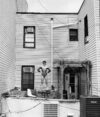
Sascha Jakubenko: CADtech B04, 2024, Fine Art Print
1/5
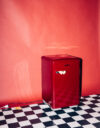
Chérie Birkner: CADtech B03, 2024, Fine Art Print
2/5
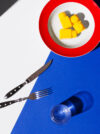
Sven Serkis: CADtech E03, 2024, Fine Art Print
3/5
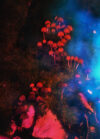
Nora Blum: CADtech A07, 2024, Fine Art Print
4/5
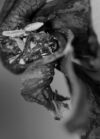
Schirin Moaiyeri: CADtech D02, 2024, Fine Art Print
5/5

Sascha Jakubenko: CADtech B04, 2024, Fine Art Print

Chérie Birkner: CADtech B03, 2024, Fine Art Print

Sven Serkis: CADtech E03, 2024, Fine Art Print

Nora Blum: CADtech A07, 2024, Fine Art Print

Schirin Moaiyeri: CADtech D02, 2024, Fine Art Print